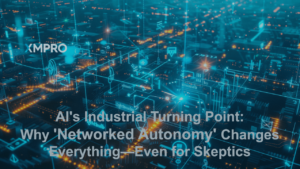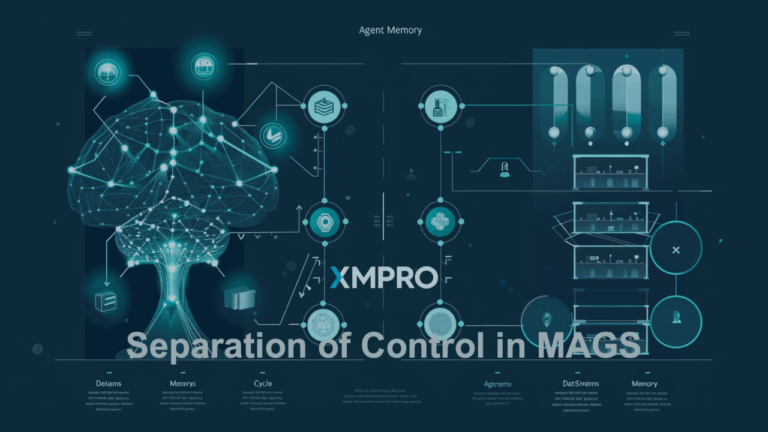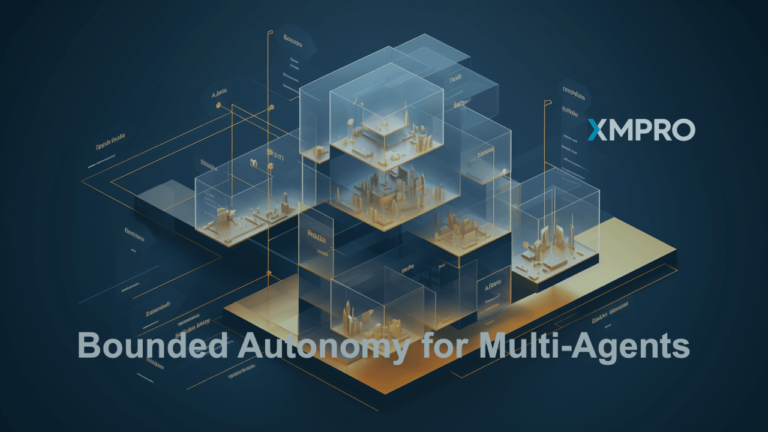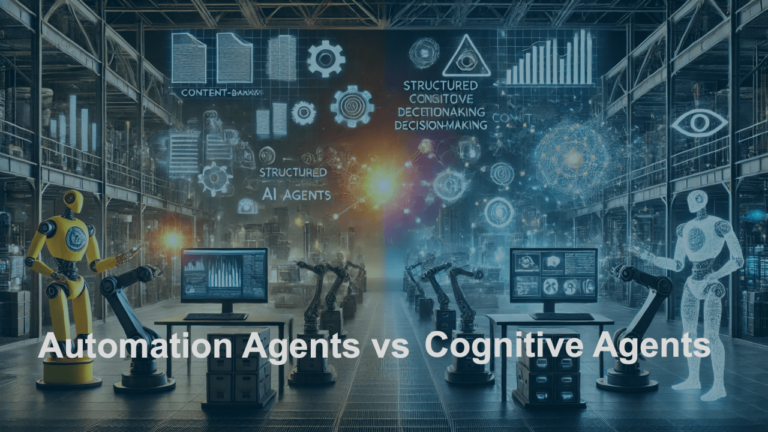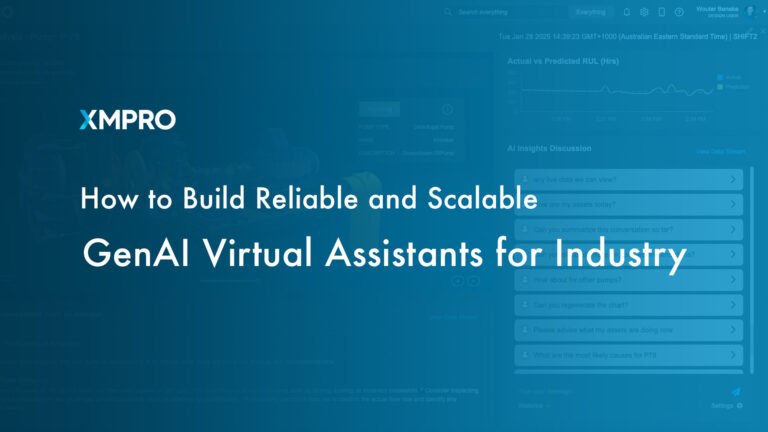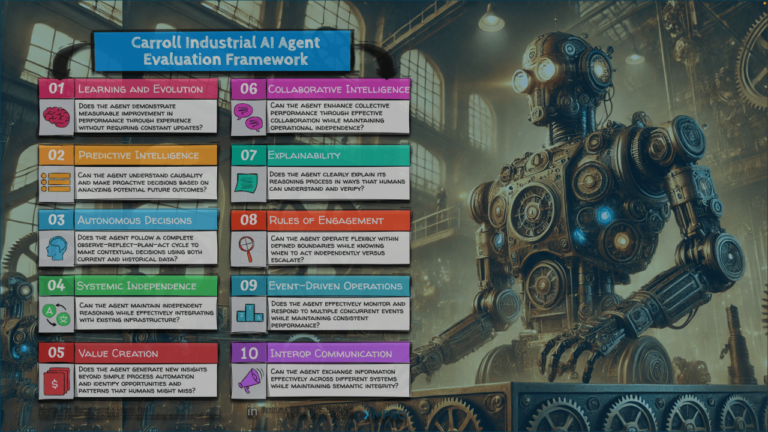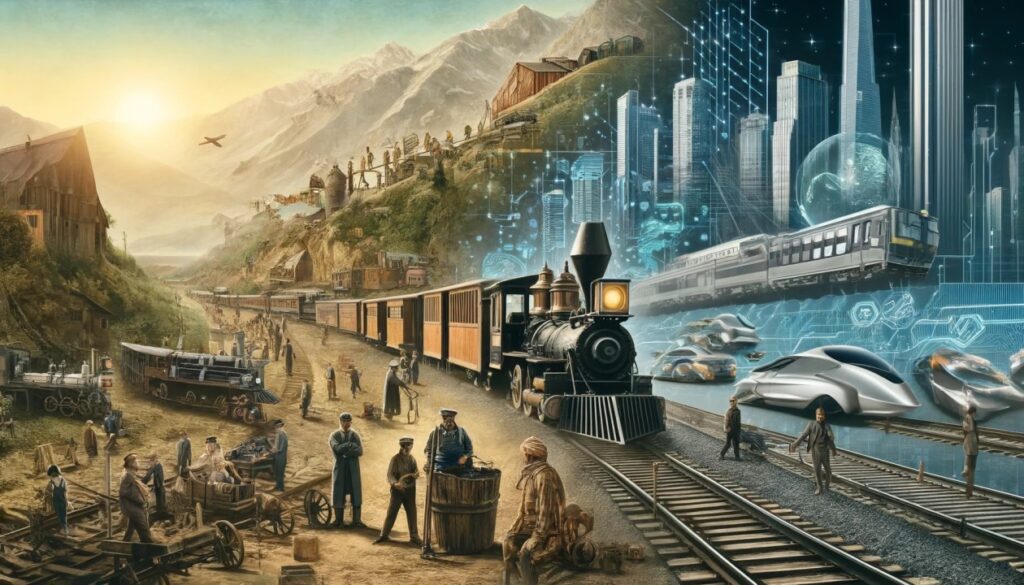Part1: From Railroads to AI: The Evolution of Game-Changing Utilities

Pieter Van Schalkwyk
CEO at XMPRO, Author – Building Industrial Digital Twins, DTC Ambassador, Co-chair for AI Joint Work Group at Digital Twin Consortium
June 4, 2024 – Originallly posted on Linkedin
The technological advancements that have shaped our world can often be traced back to a few pivotal innovations, each transforming society in profound ways.
The creation of railroads, for instance, revolutionized transportation and commerce, paving the way for global trade. The advent of electricity powered unprecedented industrial and domestic growth, transforming the way we live and work. The emergence of the internet has interconnected the globe, reshaping economies and revolutionizing communication.
Today, we stand on the cusp of another monumental shift with Generative AI. Much like its predecessors, Generative AI is set to redefine industries, create new economic opportunities, and improve the quality of life while also presenting challenges and requiring significant investment.
In this article, I explore how Generative AI mirrors the transformative impact of railroads, electricity, and the internet and why it is poised to become the next game-changing utility driving our future.
The History of Railroads: Building the Foundation of U.S. Economic Development
I had the opportunity to visit the National Railway Museum in York, UK, and I was reminded of the ambition to create rail networks at scale and its impact on the world’s largest economies.
The development of the railroad system in North America during the 19th and early 20th centuries laid the critical infrastructure that would drive economic growth and integration across the United States. At the peak of railway expansion, there were hundreds of railroad companies, each contributing to the construction of an extensive network that would eventually consolidate into the major rail systems we recognize today.
During this period, the railroad companies were actively involved in building and operating rail lines. These included prominent names like the Atchison, Topeka and Santa Fe Railway, Burlington Northern Railroad, Pennsylvania Railroad, and New York Central Railroad, among many others. The competitive landscape was intense, with numerous smaller and larger companies laying tracks across the vast expanse of North America.
This massive undertaking was not without its challenges. The financial requirements were enormous, necessitating innovative financing methods such as issuing stocks and bonds and establishing investment banks. Labor shortages and engineering obstacles, particularly in difficult terrains like the Sierra Nevada mountains, tested the limits of the workforce, which included thousands of immigrant laborers from countries such as Ireland, China, and Italy.
Despite these hurdles, the construction of the railroad network profoundly impacted the U.S. economy. It facilitated westward expansion and the settlement of the American West, integrating domestic markets that were previously isolated. This integration allowed for more efficient reallocation of resources, boosting overall productivity and spurring the growth of manufacturing and heavy industry.
The railroads also transformed agriculture by enabling farmers to ship products to distant markets, driving growth in the agricultural sector. Furthermore, the railroad system catalyzed the development of the financial system, as the massive capital requirements led to innovations in finance that helped establish modern financial markets.
While many of the original railroad companies did not survive due to consolidation and financial difficulties, their legacy is undeniable. The rail network they built became a core utility that enabled the United States to become an economic powerhouse, improving the quality of life for millions and creating new business opportunities and models. The story of the railroads is a testament to the transformative power of infrastructure and innovation, a pattern we now see emerging with Generative AI.
The Influence of the Union Pacific-Central Pacific Line: An Analogy to Generative AI Leaders
The construction of the Union Pacific-Central Pacific transcontinental railroad line was a monumental achievement that profoundly influenced the development of other railroads across the United States.
This pioneering project shares several parallels with the contemporary efforts of leading companies like OpenAI, Google, and Anthropic in the field of Generative AI. Here’s how the impact of this historic rail project mirrors the ongoing advancements in Generative AI:
Demonstrating Feasibility of Large-Scale Projects
The successful completion of the 1,775-mile transcontinental railroad, despite immense challenges, demonstrated that ambitious large-scale infrastructure projects were achievable with the right financing, organization, and labor force. Similarly, the groundbreaking work of OpenAI, Google, and Anthropic showcases the potential and feasibility of large-scale AI projects. Their achievements in developing sophisticated AI models have proven that transformative AI technologies are within reach with sufficient resources and expertise.
Spurring Competition and Expansion
The Union Pacific-Central Pacific project sparked intense competition among other railroad companies, driving a frenzy of construction to connect to the transcontinental route and access lucrative government subsidies. For Generative AI, the advancements made by leading companies have spurred competition, encouraging other organizations to accelerate their own AI development efforts. This competitive environment fosters innovation and rapid progress in the field.
Establishing Technological Standards
The transcontinental railroad set important technological standards such as rail gauge, construction methods, and operating procedures that were widely adopted for efficiency and interconnectivity. Similarly, the pioneering work in Generative AI by companies like OpenAI, Google, and Anthropic establishes key technological benchmarks and best practices. These standards guide the broader AI community, ensuring compatibility and fostering collaborative advancements.
Facilitating Expansion and Integration
By opening up western territories for settlement and economic exploitation, the transcontinental railroad created demand for additional regional rail lines. This facilitated the further expansion of the rail network across the West. In the world of AI, foundational advancements by leading companies create opportunities for further research and development. Their work paves the way for new applications and integrations, expanding the reach and impact of AI technologies.
Fueling Economic Growth and Innovation
The transcontinental railroad revolutionized transportation, catalyzing economic growth, industrialization, and urbanization across the United States. This created immense demand for more rail infrastructure to support the booming economy. Similarly, Generative AI is poised to drive significant economic growth by transforming industries, creating new business opportunities, and enhancing productivity. The foundational work by leading AI companies is crucial in unlocking this potential.
In essence, the Union Pacific-Central Pacific project paved the way for the explosive growth of the railroad industry, knitting together the nation through an expansive rail network. Likewise, the pioneering efforts of OpenAI, Google, and Anthropic in Generative AI are setting the stage for a future where AI becomes an integral utility, driving innovation, economic growth, and societal advancement.
The Internet Boom of the 1990s: Building the Digital Railways of Today
The Internet boom of the 1990s, often referred to as the “dot-com bubble,” was a period of intense growth and investment in the emerging digital infrastructure. This era saw massive projects to lay the foundational networks of the internet, including extensive fiber optic cable installations, some even spanning oceans.
Despite the subsequent market crash that resulted in significant financial losses, the investments made during this time were pivotal in creating the modern internet, which today functions as an essential utility, much like the railroads did in the past.
Here’s how the internet’s development mirrors the historical growth of the railroads:
Massive Infrastructure Projects
During the 1990s, companies invested heavily in building the physical infrastructure necessary for a global internet. This included laying thousands of miles of fiber optic cables, both on land and under the sea, to create a network capable of high-speed data transmission across the globe. Similarly, the construction of the railroad system in the 19th century involved extensive track laying, bridge building, and tunneling to connect distant parts of the country.
Demonstrating Feasibility and Sparking Investment
Just as the completion of the transcontinental railroad demonstrated the feasibility of large-scale transportation projects, the successful implementation of early Internet infrastructure showed that a global digital network was achievable. This spurred further investment and innovation, much like the railroad projects had attracted additional capital and technological advancements.
Facilitating Connectivity and Economic Growth
The railroads facilitated the movement of goods and people, knitting together previously isolated regions and boosting economic growth. In a similar fashion, the Internet-connected businesses, consumers, and information networks worldwide, leading to a new era of economic expansion and creating entirely new industries such as e-commerce, digital media, and online services.
Setting Standards and Encouraging Expansion
The railroads established standards in track gauge and operational protocols, which were adopted by other rail companies to ensure interoperability. Similarly, the development of internet protocols (like TCP/IP) and technologies (such as HTTP and HTML) set standards that allowed different networks and devices to communicate seamlessly, encouraging widespread adoption and expansion of the internet.
Boom and Bust Cycles
Both the railroad expansion and the internet boom experienced speculative bubbles. The rapid growth of railroads in the 19th century and the internet in the 1990s led to overinvestment and speculative financing. The bursting of the dot-com bubble in 2000 and the financial difficulties many early rail companies faced resulted in significant financial losses. However, the infrastructure built during these booms laid the groundwork for long-term growth and development.
Lasting Impact and Utility
Despite the financial fallout from the speculative bubbles, both the railroads and the internet became critical utilities. The railroad network became the backbone of transportation and commerce in the United States, while the Internet has become an essential utility for communication, information, and commerce worldwide. Both infrastructures have fundamentally transformed how societies function, and economies grow.
OpenAI ChatGPT: Opening Our Eyes to the Utility and Impact of Generative AI
The advent of OpenAI’s ChatGPT has marked a significant milestone in the artificial intelligence journey, illustrating the transformative potential of generative AI in our daily lives. Much like the historical breakthroughs of the railroads, electricity, and the internet, ChatGPT has shown how generative AI can become a core utility that drives economic growth, enhances the quality of life, and opens up new avenues for innovation. It has made AI accessible and useful, and changed what we are enabled to do now.
Generative AI vs. Blockchain: Distinguishing New Utility from Enhanced Functionality
I see that Generative AI and blockchain technology are sometimes compared as hyped technologies that won’t deliver on their promises. Here is why I think this is not the case and you can’t compare the two:
Generative AI introduces a new way of working by automating creative and productive tasks, personalizing user experiences, and improving decision-making through data analysis and predictive capabilities. It provides instant access to expertise, scales to meet large demands, and automates routine tasks, freeing up time for innovation and driving productivity across various industries. Generative AI enhances human capabilities, opening up new possibilities for creativity and problem-solving, and offers immediate, tangible benefits that transform how we work and interact with technology. It provides utility!
In contrast, blockchain primarily enhances existing internet utilities by offering improved security, transparency, and decentralization. It provides secure, trustless transactions and supports decentralized applications and smart contracts, which automate and enforce agreements without intermediaries. However, blockchain’s impact is more targeted, focusing on specific use cases like financial transactions and record-keeping. It tried to enable Web 3.0. There is no new utility, just a better mousetrap.
While valuable, blockchain does not offer the broad, transformative utility of Generative AI. Generative AI’s versatility and immediate benefits make it a groundbreaking technology that fundamentally changes productivity and creativity, much like the historical breakthroughs of railroads, electricity, and the internet.
Why I’m Excited About Generative AI
As I reflect on the transformative potential of generative AI, I am genuinely excited about its profound impact on our future.
This new utility promises to improve our quality of life and bring about significant advancements in ways that parallel the revolutionary developments of railroads, electricity, and the internet.
Generative AI represents a leap forward in how we interact with technology. It automates previously labor-intensive tasks and enables new forms of creativity and productivity. Its ability to generate human-like text, create art, compose music, and even develop code opens up a world of possibilities that were unimaginable just a few years ago.
This technology will streamline workflows, personalize experiences, and provide instant access to vast amounts of information, making our lives more efficient and enriched.
Moreover, the economic implications of generative AI are vast. By driving innovation across industries, it will create new business models, enhance productivity, and spur economic growth. Just as the railroads connected distant regions and the internet brought the world closer together, generative AI will break down barriers and foster a more interconnected and dynamic global economy.
I fully acknowledge that there will be challenges and setbacks along the way. Many companies will not succeed, and there will be economic losses as the market adjusts to this new technology. However, these failures are part of the growth process. We are laying down the infrastructure that will power our industrial and personal futures, much like the railroads and the internet did in their time. The investments we make today in generative AI will pave the way for future innovations and societal advancements.
Beyond its economic impact, generative AI promises significant societal benefits. It will democratize access to knowledge and expertise, offering personalized education, healthcare, and support services that cater to individual needs. This technology has the potential to bridge gaps in education and healthcare, providing equal opportunities and improving the overall quality of life for people around the world.
I am excited about generative AI because it represents a new utility that will revolutionize our daily lives, drive economic growth, and bring about meaningful societal improvements. Despite the inevitable challenges and economic losses, the infrastructure we are building today will shape a future where innovation and progress unprecedentedly enhance the human experience.
In part 2 – The Future of Work: Harnessing Generative Agents in Manufacturing, I share why I am excited about the utility of Agentic AI based on Generative AI.







